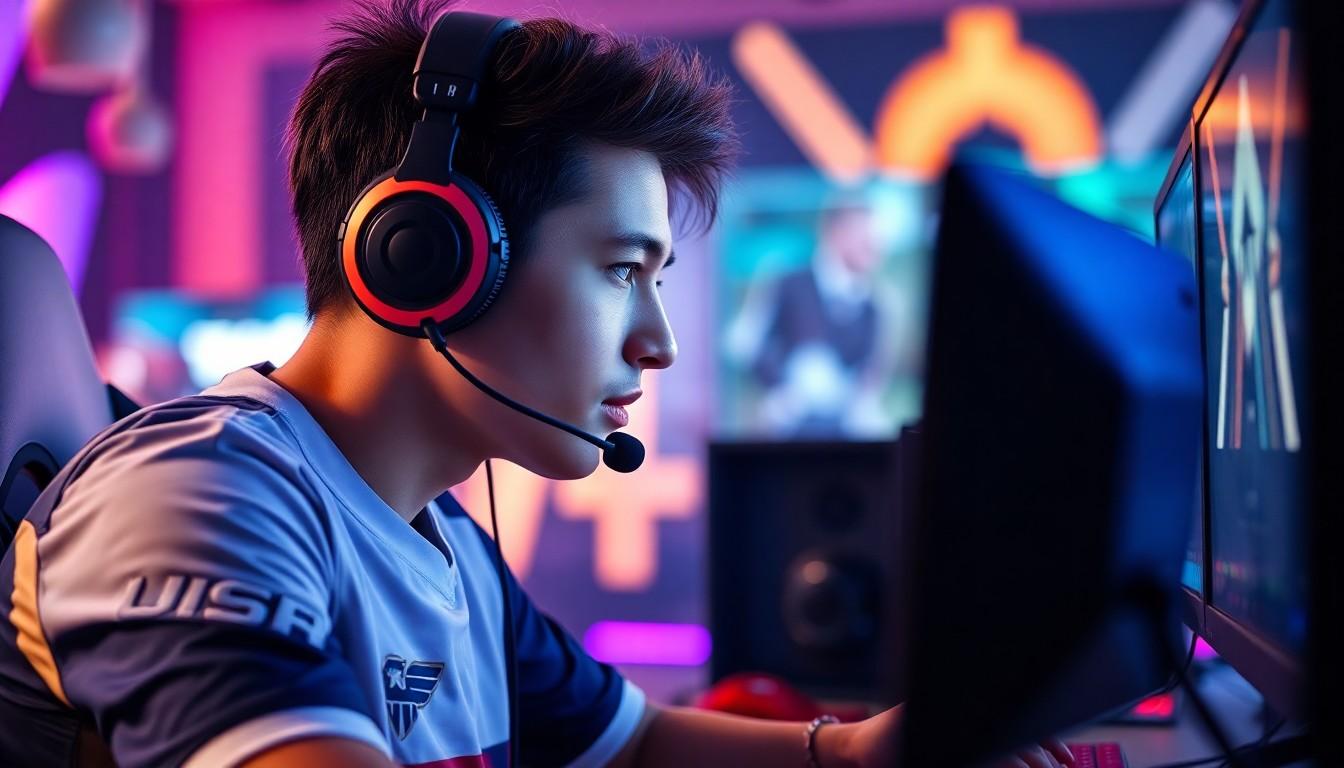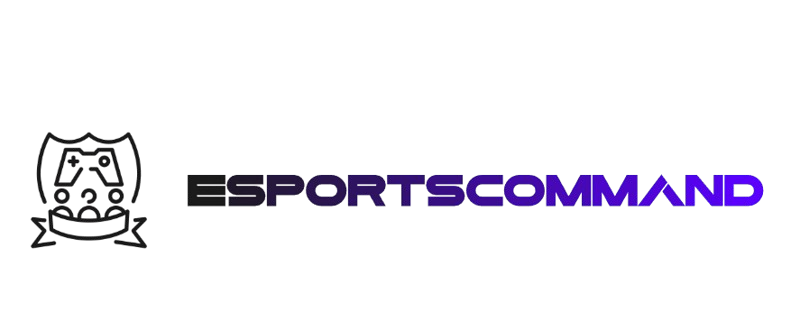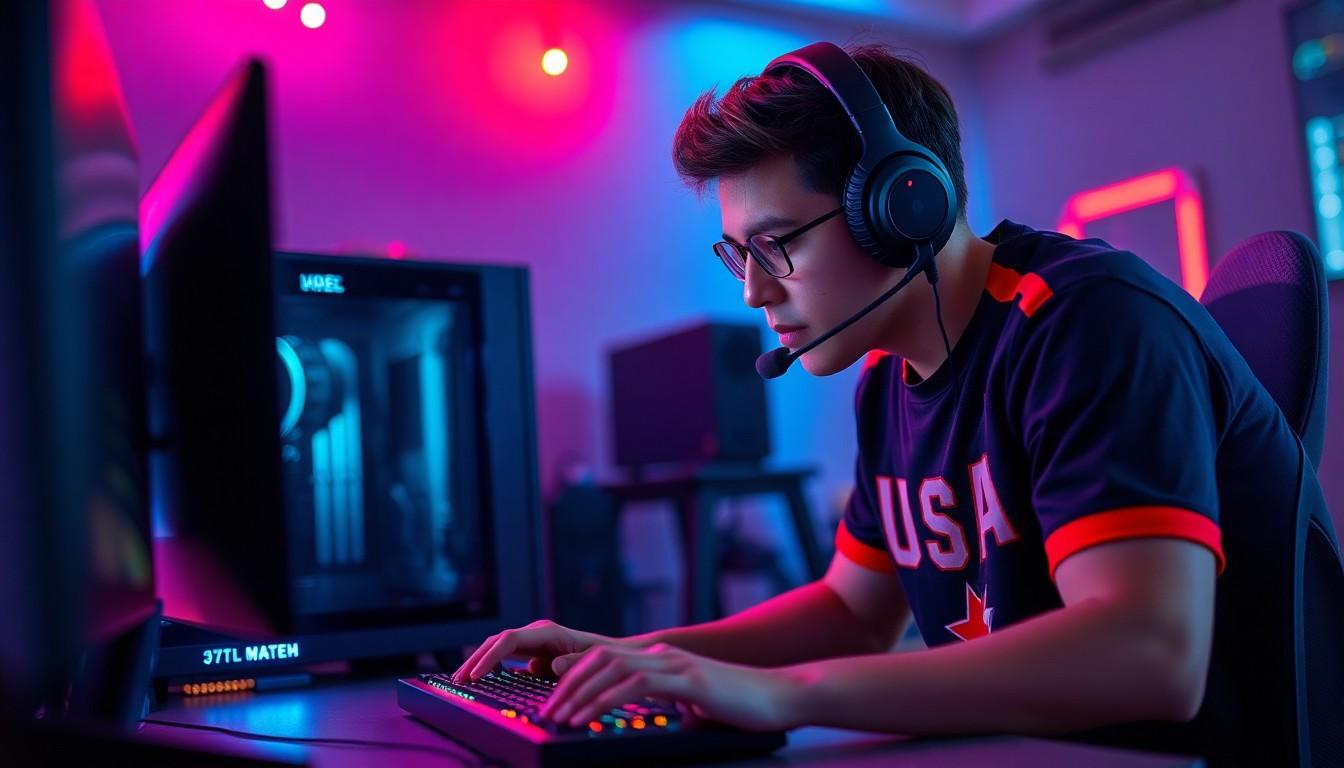In the fast-paced world of gaming, split-second decisions can mean the difference between victory and defeat. Professional gamers are like finely tuned machines, boasting reaction times that would make even the most alert cats jealous. Ever wondered how they manage to dodge bullets and pull off insane combos while the rest of us are still figuring out which button does what?
Understanding Reaction Time
Reaction time refers to the duration taken to respond to stimuli. In gaming, this involves perceiving an event and executing an action to counter it effectively.
Definition of Reaction Time
Reaction time quantifies how quickly an individual reacts to sensory input. It includes both simple reaction time, which measures responses to a single stimulus, and complex reaction time, which assesses responses to multiple stimuli. Professionals in competitive gaming often showcase extraordinary reaction times, achieving averages of 100 milliseconds or less. This skill results from years of practice and mental conditioning, allowing them to respond almost instantaneously to in-game events.
Importance in Gaming
In gaming, reaction time significantly influences performance. Faster reactions can lead to successful maneuvers, preventing in-game deaths or losing valuable points. Studies reveal that a decrease of just 10 milliseconds in reaction time can enhance gameplay efficiency, showcasing its critical role. Professional gamers often excel in scenarios requiring quick reflexes, such as first-person shooters and real-time strategy games. Consequently, optimizing reaction time plays a vital role in determining the outcome of competitive matches.
Factors Influencing Reaction Time

Various elements affect professional gamers’ reaction times, significantly shaping their performance. Understanding these factors offers insights into how elite players excel.
Physical Attributes
Reaction time largely relies on an individual’s physical attributes. Muscle responsiveness plays a critical role, as faster twitch fibers can enhance reactions. Players with superior hand-eye coordination often respond more swiftly to visual cues. Age also influences reaction speed; younger individuals tend to react faster compared to older players. Regular physical training sharpens reflexes, improving overall agility and responsiveness. Furthermore, maintaining optimal nutrition supports cognitive function, allowing for quicker decision-making in high-pressure situations.
Mental Preparedness
Mental preparedness is crucial for achieving exceptional reaction times. Focus and concentration directly impact how effectively players respond to stimuli. Engaging in mental exercises enhances cognitive processing speed and improves multi-tasking abilities. Anticipation of in-game events reduces reaction time, as players can prepare for actions in advance. Stress management techniques, such as deep breathing and visualization, can boost mental clarity during gameplay. Regular practice not only develops muscle memory but also solidifies strategic thinking, enabling faster in-game decisions.
Professional Gamers Reaction Time
Professional gamers achieve remarkable reaction times that set them apart from average players. These elite players often average 100 milliseconds or less, allowing them to execute complex moves with impressive speed. Average gamers typically struggle to react as quickly, often taking longer due to less experience and practice. Their slower reactions lead to missed opportunities and poorer performance during gameplay.
Comparison with Average Gamers
Professional gamers consistently perform at a high level, demonstrating superior reaction times compared to average players. Various studies show that professionals can reach a response time of 150 milliseconds, whereas average gamers may take 200 milliseconds or longer. This difference becomes crucial during competitive matches, especially in fast-paced genres where split-second decisions determine outcomes. With practice, average gamers can improve their reaction times, but getting close to the rapid response of professionals remains a significant challenge.
Measuring Reaction Time in Competitive Play
Several methods assess reaction time in competitive gaming environments. Often, players engage in specialized drills that evaluate both simple and complex reaction responses. Reaction time tests frequently use visual stimuli, requiring quick button presses in response to on-screen events. Some competitive tournaments even incorporate reaction time assessments in their training regimens. Tools like high-speed cameras and software can precisely measure response times, providing insights into player performance. These measurements help gamers identify areas for improvement and refine their strategies for optimal gameplay.
Impact of Training on Reaction Time
Training significantly influences the reaction times of professional gamers. Various techniques help players enhance their response capabilities.
Techniques to Improve Reaction Time
Drills designed to target reaction time often include response exercises that challenge cognitive and motor functions. Players frequently utilize specialized software that presents visual or auditory cues, prompting swift maneuvers. Reflex training games also serve to sharpen quick reactions, pushing the player to react instantly. Visual-spatial awareness activities improve the ability to process information rapidly. Certain athletes incorporate physical conditioning routines that not only boost muscle responsiveness but also improve overall agility.
Role of Practice and Consistency
The practice and consistency of training routines play critical roles in developing reaction time. Engaging in daily practice sessions allows players to reinforce their skills and maintain sharp reflexes. Regularly exposing oneself to various game scenarios creates muscle memory, making reactions automatic. Over time, consistent play enhances familiarity with specific game mechanics, leading to faster decision-making. Competitive players often analyze their past performances to identify areas for improvement, refining strategies through deliberate practice.
Conclusion
Professional gamers’ reaction times are a testament to their skill and dedication. The ability to respond swiftly to in-game stimuli not only enhances their performance but also sets them apart from average players. Through rigorous training and mental conditioning, these individuals fine-tune their reflexes and decision-making processes.
Understanding the intricacies of reaction time can inspire both aspiring gamers and seasoned players to adopt effective training methods. Whether through physical conditioning or cognitive drills, improving reaction time is crucial for anyone looking to elevate their gaming experience. As competition continues to intensify, mastering this vital skill will remain essential for success in the gaming world.

